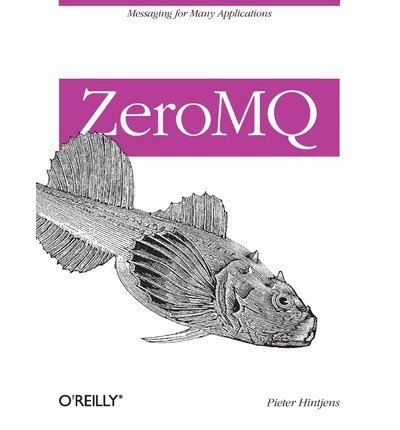What do you think?
Rate this book


Paperback
First published October 22, 2012
How to explain ØMQ? Some of us start by saying all the wonderful things it does. It’s sockets on steroids. It’s like mailboxes with routing. It’s fast! Others try to share their moment of enlightenment, that zap-pow-kaboom satori paradigm-shift moment when it all became obvious. Things just become simpler. Complexity goes away. It opens the mind. Others try to explain by comparison. It’s smaller, simpler, but still looks familiar.